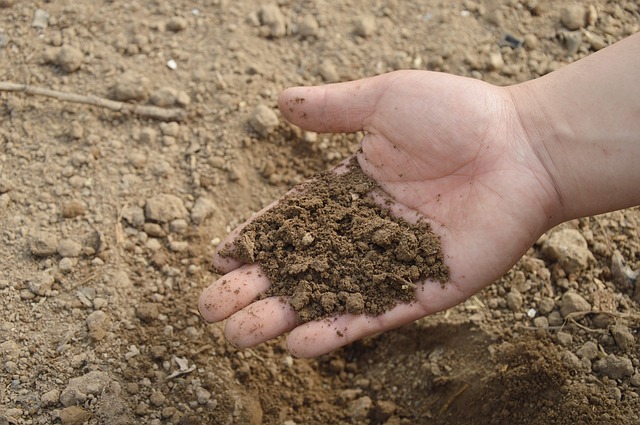Water is a necessity for all living things, including plants, animals, and humans, to survive and perform various biological functions.
Ever considered a day without access to water?
No, and it is difficult to imagine. Everyday tasks including cleaning, washing, bathing, cooking, drinking, and other domestic and professional usage all involve the use of water.
The ecosystem’s most valuable, necessary, and abiotic component is water. Today, water is becoming increasingly scarce, and this is largely due to a lack of water conservation efforts and water body pollution. So, let’s start conserving water now so that we don’t squander any of it.
What is Rainwater Harvesting?
Rainwater harvesting (RWH) is the practice of collecting and storing rainwater as opposed to letting it flow off. Rainwater is gathered from a surface that resembles a roof and directed to a container with percolation, such as a tank, cistern, deep pit (well, shaft, or borehole), aquifer, or reservoir where it seeps down and replenishes the groundwater table. With the aid of nets or other instruments, dew and fog can also be gathered.
Stormwater harvesting is different from rainwater harvesting since the runoff from roofs and other surfaces is often collected for storage and later utilization. It can be used for irrigation, home use with correct handling, watering gardens and cattle, and domestic heating. Groundwater recharge or longer-term storage projects may be undertaken with the gathered water.
Rainwater Harvesting Methods
The following are the two commonly used methods of rainwater harvesting:
- Surface runoff harvesting
- Rooftop rainwater harvesting
Surface Runoff Harvesting:
Surface runoff water harvesting is the process of collecting, storing, purifying, and treating stormwater for later use. These systems have the ability to collect large amounts of water if they are properly designed.
Rooftop rainwater harvesting:
The technique of collecting rainwater falling on the roof is called rooftop rainwater harvesting. Rooftop harvesting involves collecting rainwater from the roof of a building or house by turning it into a catchment area.
It can either be sent to an artificial recharge system or kept in a tank. If used properly, this technology, which is cheap and highly beneficial, contributes to raising the groundwater level of the area.
The components of rooftop rainwater harvesting are:
- Catchment
- Transportation
- First Flush
- Filter
- Storage Tanks
Advantages of Rainwater Harvesting
The following is a list of the advantages of a rainwater harvesting system:
- Boosts groundwater level
- This technology is simple and easy to install and operate.
- Low operating cost
- Encourages energy and water conservation.
- It reduces the demand for potable water, especially in areas with low water levels.
- It helps in reducing soil erosion and floods.
- It is an excellent source of water for irrigation.



